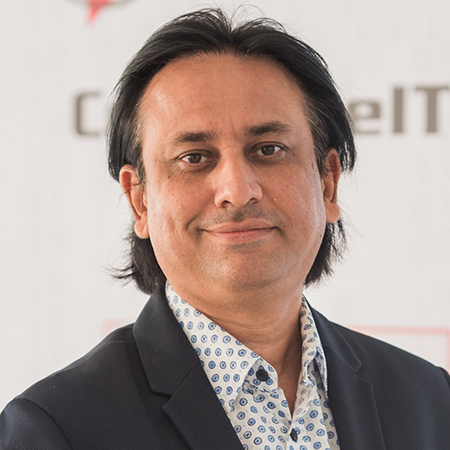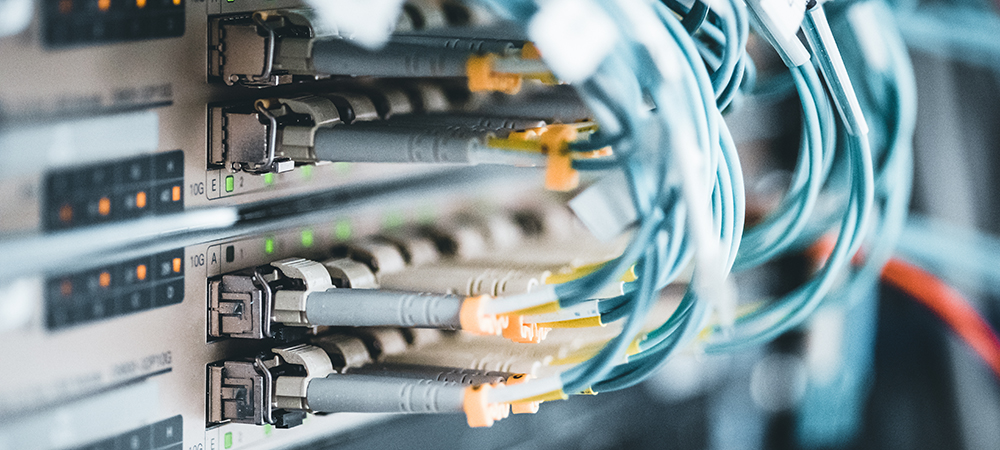The need for higher data transmission speeds is swiftly increasing across the datacentre. Whilst 400 Gigabit speeds are gradually being adopted for uplinks between switch tiers to handle the growing amount of data, server connections are under increased pressure to keep up with e-commerce and emerging technologies.
To support applications such as advanced data analytics, machine learning, artificial intelligence and high-resolution video content, datacentre server connections must provide more bandwidth and lower latency.

Datacentre professionals should therefore consider deploying high-performance Direct Attach Copper Cables, DACs or Active Optical Cables, AOCs when migrating server connections to next-generation speeds. These solutions can deliver performance, reliability, scalability and power efficiencies to cost-effectively adopt these emerging technologies.
DACs and AOCs are specifically suited in datacentres that rely on a top-of-rack, ToR switching architecture, such as hyperscale, cloud and colocation locations and large enterprise datacentres. In a ToR configuration these cables connect the switch located at the top of each rack with active equipment, e.g. server or storage devices in the same or in adjacent racks.
They support transmission speeds from 10Gbps to 100Gbps for when datacentres are upgrading their network equipment from 10Gbps to 25 and 100Gbps. For scalability and further growth, they can support 25 and 100 Gig switch connections with backward compatibility.
SFP+ DACs for example are well suited in direct short-reach connections from ToR switches where lengths are less than 7 meters. They require less power per port and offer lower latency than a structured cabling 10GBASE-T solution. ToR switches with DACs typically use less than 1 W per port, while 10GBASE-T switches range from 1.5 to 4 W per port.
Latency with ToR and DACs is around 0.3 microseconds per links compared to 10GBASE-T where latency is closer to 3 microseconds per link. This makes DACs ideal for any current or future application where latency is a concern and where high port counts can add up to significant power savings.
Where large enterprise datacentres are now beginning to adopt 25 Gbps server connection speeds, they can take advantage of SFP28 DACs. These SFP28 DACs use the same form factor as SFP+ DACs to support 25 Gbps whilst the benefits of reduced power consumption, lower latency, and lower remain the same at these speeds.
Although more expensive than DACs, AOC scan support uplinks to 100 meters and utilise OM3 multimode fibre. This makes AOCs well suited for deployment in row-to-row connections, example from the ToR switch to the aggregate switch that can be located several rows away. The smaller diameter of fibre allows for better air flow, but attention must be paid to heat generation which is greater in AOCs than in DACs.
“When migrating server connections to next-generation speeds, Direct Attach Copper Cables or Active Optical Cables can be a valuable alternative to other cabling options. Datacentre professionals can benefit from greater bandwidth and improved latency at lower costs,” says Narender Vasandani, Siemon’s Technical Services Group Manager for IMEA.
Click below to share this article

